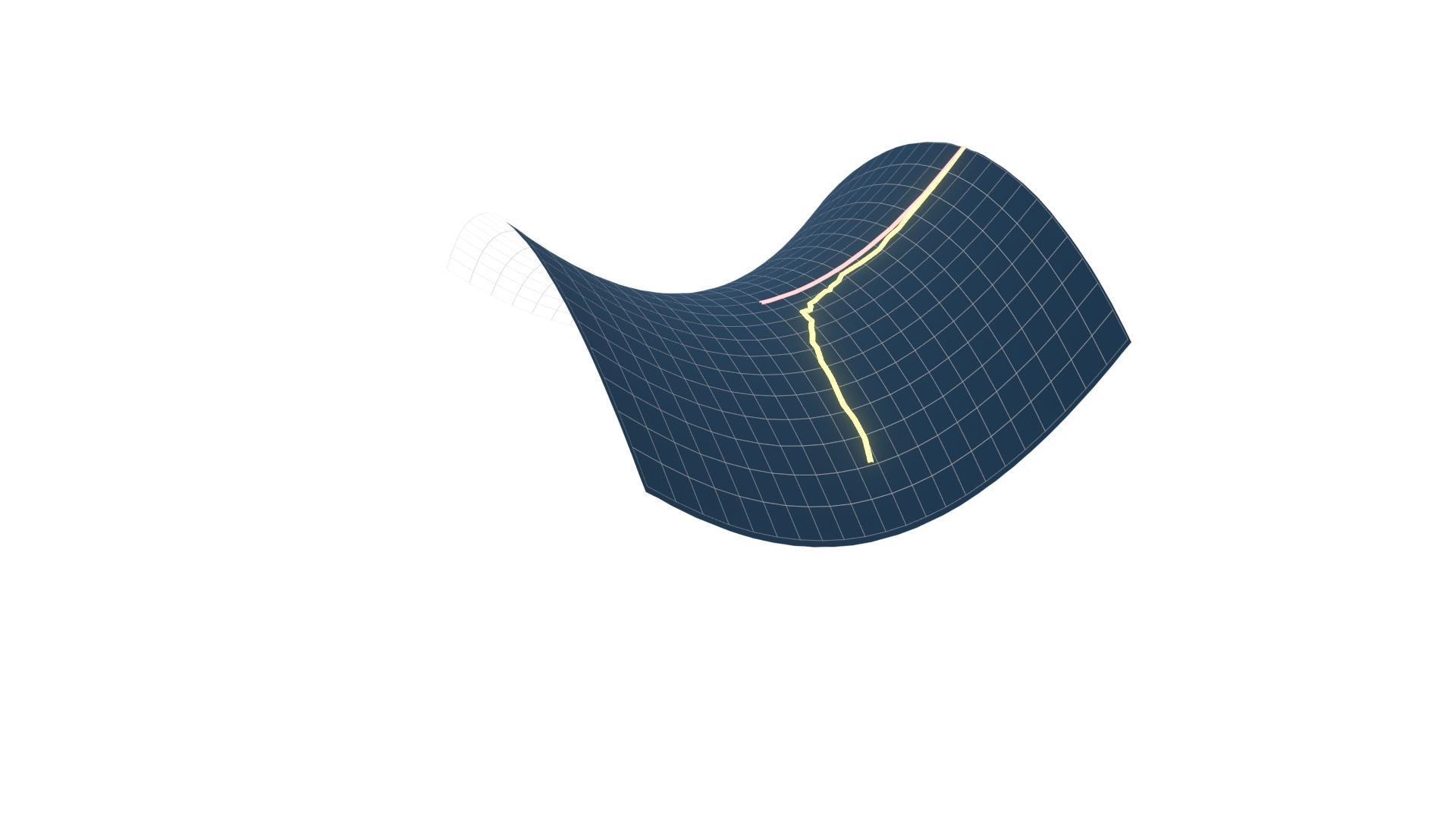As other answer suggests, the main reason to use SGD is to reduce the computation cost of gradient while still largely maintaining the gradient direction when averaged over many mini-batches or samples - that surely helps bring you to the local minima.
- Why minibatch works.
The mathematics behind this is that, the "true" gradient of the cost function (the gradient for the generalization error or for infinitely large samples set) is the expectation of the gradient $g$ over the true data generating distribution $p_{data}$; the actual gradient $\hat{g}$ computed over a batch of samples is always an approximation to the true gradient with the empirical data distribution $\hat{p}_{data}$.
$$
\hat{g} = E_{\hat{p}_{data}}({\partial J(\theta)\over \partial \theta})
$$
Batch gradient descent can bring you the possible "optimal" gradient given all your data samples, it is not the "true" gradient though. A smaller batch (i.e. a minibatch) is probably not as optimal as the full batch, but they are both approximations - so is the single-sample minibatch (SGD).
Assuming there is no dependence between the $m$ samples in one minibatch, the computed $\hat{g}(m)$ is an unbiased estimate of the true gradient. The (squared) standard errors of the estimates with different minibatch sizes is inversely proportional to the sizes of the minibatch. That is,
$$
{SE({\hat{g}(n)}) \over SE({\hat{g}(m)})} = { \sqrt {m \over n}}
$$
I.e., the reduction of standard error is the square root of the increase of sample size. This means, if the minibatch size is small, the learning rate has to be small too, in order to achieve stability over the big variance. When the samples are not independent, the property of unbiased estimate is no longer maintained. That requires you to shuffle the samples before the training, if the samples are sequenced not randomly enough.
- Why minibatch may work better.
Firstly, minibatch makes some learning problems from technically intractable to be tractable due to the reduced computation demand with smaller batch size.
Secondly, reduced batch size does not necessarily mean reduced gradient accuracy. The training samples many have lots of noises or outliers or biases. A randomly sampled minibatch may reflect the true data generating distribution better (or no worse) than the original full batch. If some iterations of the minibatch gradient updates give you a better estimation, overall the averaged result of one epoch can be better than the gradient computed from a full batch.
Thirdly, minibatch does not only help deal with unpleasant data samples, but also help deal with unpleasant cost function that has many local minima. As Jason_L_Bens mentions, sometimes the error manifolds may be easier to trap a regular gradient into a local minima, while more difficult to trap the temporarily random gradient computed with minibatch.
Finally, with gradient descent, you are not reaching the global minima in one step, but iterating on the error manifold. Gradient largely gives you only the direction to iterate. With minibatch, you can iterate much faster. In many cases, the more iterations, the better point you can reach. You do not really care at all weather the point is optimal globally or even locally. You just want to reach a reasonable model that brings you acceptable generalization error. Minibatch makes that easier.
You may find the book "Deep learning" by Ian Goodfellow, et al, has pretty good discussions on this topic if you read through it carefully.



